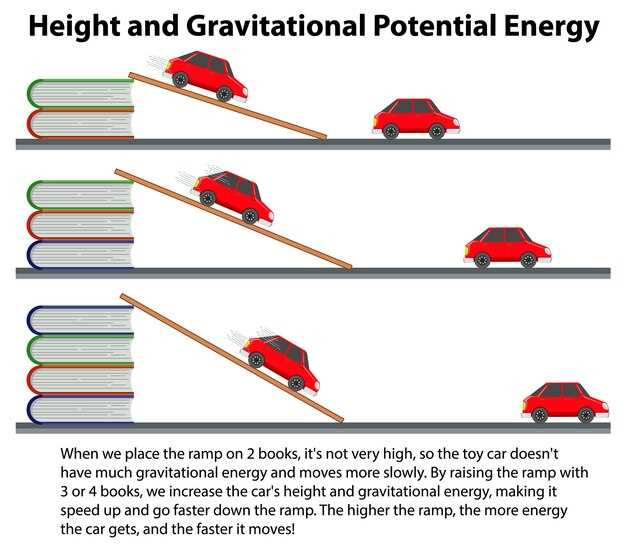
When it comes to racing, the layout of a track plays a crucial role in determining the best racing lines for drivers. One of the most significant factors affecting these lines is the elevation changes found on many circuits, especially those that incorporate hills and valleys. Understanding how these changes impact racing strategy is essential for maximizing speed and minimizing lap times.
As racers navigate a track with various elevation points, they must adapt their driving techniques accordingly. Ascending a hill requires different brake and acceleration points compared to racing downhill. On inclines, drivers need to gauge their momentum carefully to maintain speed, while descending can often lead to potential over-speed situations if not managed properly. This dynamic interaction with the layout directly influences the optimal racing lines that can be taken.
The challenge of elevation changes is not merely physical; it also demands a mental adaptability from drivers. They must adjust their racing lines to maintain the perfect balance between speed and control, taking into account how the hills alter the grip levels on the track. In essence, mastering the effects of elevation changes on racing lines is a fundamental skill that separates experienced drivers from novices, making this topic essential for anyone looking to excel in motorsport.
How Hill Variation Impacts Cornering Strategies

The presence of hills in a racetrack layout significantly alters the cornering strategies employed by drivers. As elevations change, so too do the dynamics of a vehicle’s behavior during turns. Hills can introduce various challenges that must be accounted for to maintain optimal speed and control.
Firstly, when approaching a downhill corner, drivers often experience increased speed due to gravitational acceleration. This change in velocity requires careful modulation of brakes to prevent loss of traction. The correct braking point can vary substantially based on the steepness of the hill, making training on the specific layout essential for mastering cornering techniques.
Conversely, navigating an uphill corner demands a different approach. Here, drivers may need to brake earlier and potentially shift down a gear to ensure sufficient power is available to exit the turn effectively. The incline impacts the car’s traction, and drivers must aim to maximize grip while managing speed effectively throughout the cornering phase.
The layout of the racetrack, including the frequency and gradient of hills, shapes driving strategy. A track with numerous elevation changes may promote a more aggressive driving style, whereas flatter designs might allow for smoother, more consistent speeds. Competitors must adjust their racing lines to account for these variations–picking apexes later in uphill sections or carrying more speed into downhill corners to gain an advantage.
Moreover, hill variation can influence tire wear and heat management. Elevated sections may lead to greater tire degradation due to higher lateral forces during sharp turns, thereby affecting cornering performance later in the race. Understanding how to balance tire conservation with the need for speed is critical in these scenarios.
In summary, the interplay between hills and cornering strategies is complex yet vital. Drivers must master the unique challenges posed by elevation changes to optimize their racing lines and overall performance on varied track layouts.
Adjusting Speed for Upward and Downward Slopes

When racing on a circuit that includes hills, it is crucial for drivers to adjust their speed based on elevation changes. Uphill sections require a reduction in speed to maintain traction and prevent stalling. As a vehicle climbs, it must work harder against gravity, which can lead to engine strain. Drivers should downshift to a lower gear to maximize torque and facilitate a smoother ascent.
Conversely, when navigating downhill slopes, drivers can often increase their speed due to gravity’s assistance. However, it’s essential to apply brakes strategically to maintain control and prevent overshooting corners. Shifting to a higher gear can help utilize the vehicle’s inertia while avoiding excessive acceleration that could compromise handling.
Overall, mastering the adjustment of speed for varying slopes in hilly circuits is fundamental for achieving optimal racing lines. This skill allows racers to maintain momentum while ensuring safety and efficiency throughout the course.
Incorporating Elevation Changes into Circuit Layout Design
The integration of elevation changes into circuit layout design significantly enhances the complexity and excitement of racing. Hills can serve as natural features that amplify the challenge for drivers, creating opportunities for overtaking and strategic maneuvering. By carefully analyzing the topography of the chosen site, designers can optimize the flow of the circuit while capitalizing on these elevation variations.
Strategic placement of uphill and downhill sections not only tests drivers’ skills but also influences vehicle dynamics. Ascending sections typically require greater throttle control and careful braking, whereas descending areas demand precise handling to maintain speed without compromising stability. These factors contribute to a more engaging racing experience and can lead to higher spectator enjoyment.
Designers should consider how elevation impacts racing lines, as drivers will need to adapt their strategies based on the incline or decline of the terrain. For instance, a steep hill can alter the optimal racing line, requiring drivers to adjust their trajectories for maximum speed. Additionally, elevation changes can create visual barriers, making it challenging for pilots to predict the layout ahead, which further complicates their decision-making process.
Incorporating elevation changes effectively can also bring unique aesthetic qualities to the circuit. Rolling hills and varying grades can enhance the visual appeal, offering spectacular views for fans and creating a distinctive identity for the track. This aspect not only attracts spectators but also helps in promoting the venue as a premier racing destination.
Ultimately, the thoughtful incorporation of hills and elevation shifts into circuit layout design can yield a more dynamic and thrilling racing environment. By embracing the natural landscape, designers can create a challenging and visually captivating experience that captivates both drivers and fans alike.











